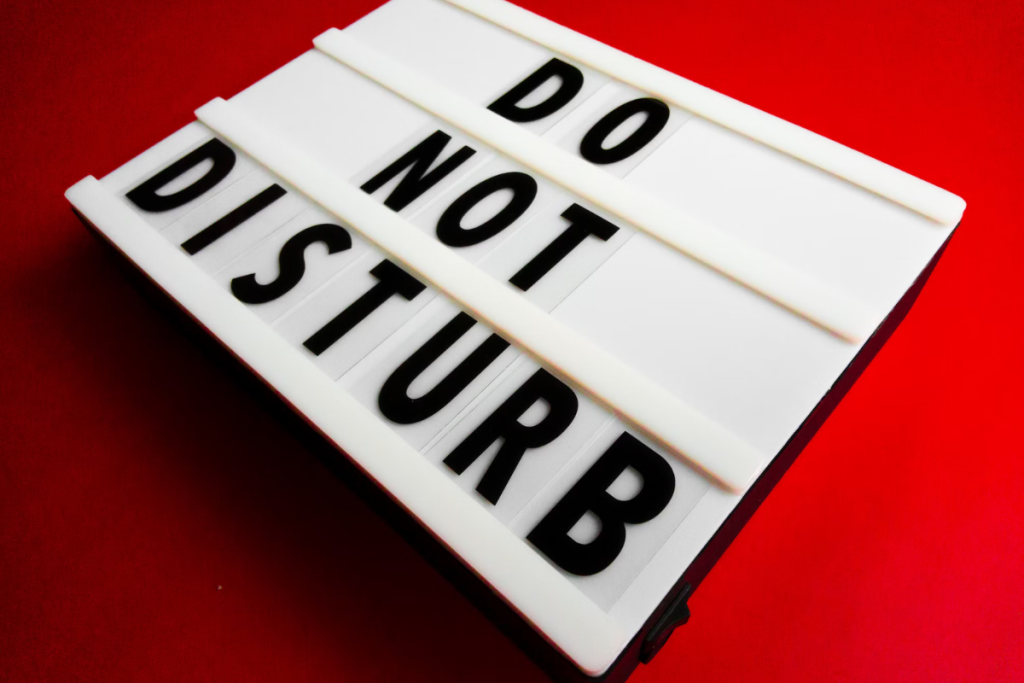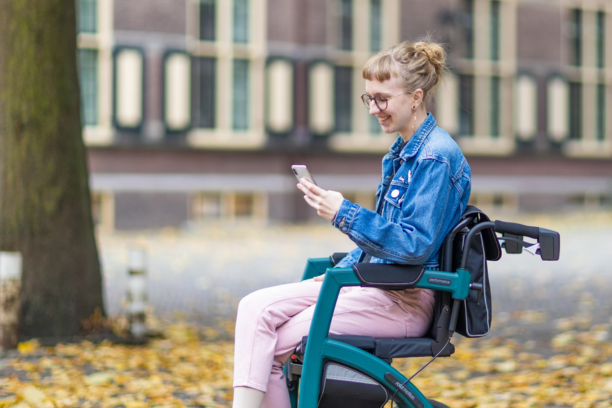In today’s screen-saturated world, digital burnout has become a silent epidemic especially for those with Attention-Deficit/Hyperactivity Disorder (ADHD). Whether it’s endless app switching, scrolling through social media, or constant notifications, people with ADHD are more susceptible to screen-induced fatigue. But how do you know when your digital detoxes for anxiety habits are becoming harmful?
This article breaks down the early warning signs of digital burnout in ADHD individuals, based on expert insights, mental health data, and real-life scenarios.

What Is Digital Burnout?
Digital burnout, also known as tech fatigue or screen time exhaustion, is a form of mental exhaustion triggered by excessive interaction with digital devices whether it’s smartphones, laptops, tablets, or even smartwatches. Over time, this constant exposure can lead to cognitive fatigue, emotional exhaustion, and decreased productivity in daily tasks.
Unlike traditional burnout, digital burnout stems from overstimulation by screens, often involving social media, gaming, or multitasking online. ADHD brains, which already struggle with attention regulation, are particularly vulnerable to this type of fatigue.
EEAT Insight: According to a 2023 Mayo Clinic study, individuals with ADHD experience a 2.4x higher risk of screen-related stress compared to neurotypical individuals.
Why ADHD Makes You More Vulnerable
People with ADHD often seek dopamine-rich activities. Digital platforms are built to deliver quick rewards, notifications, and novelty all things that hook the ADHD brain.
Dopamine Deficiency: Brains crave ADHD overstimulation; digital devices provide it instantly.
- Impulsivity: Many with ADHD struggle to stop once they start scrolling or gaming.
- Executive Dysfunction: Poor self-regulation makes it hard to set and follow screen time boundaries.
7 Early Signs of Digital Burnout in ADHD
1. Mental Fog After Screen Use
Many individuals report feeling mentally “clogged” or confused after extended screen sessions. Tasks that were once simple become overwhelming.
2. Shortened Attention Span
ADHD already makes sustained focus difficult. Add digital overload, and even focusing on a single paragraph becomes taxing.
3. Mood Swings or Irritability
After indulging in a scrolling spree, you may feel snappy, angry, or unusually anxious classic signs of digital burnout.
4. Sleep Issues
Blue light disrupts melatonin production. ADHD users who already suffer from insomnia are doubly impacted.
5. Compulsive Phone Checking
Feel the urge to check your phone every 5 minutes? That’s a sign your brain is craving instant digital stimuli.
6. Lack of Motivation
Even fun offline tasks feel like chores. This loss of interest is closely tied to dopamine depletion.
7. Physical Discomfort
Digital burnout is not just mental. It often comes with headaches, dry eyes, neck stiffness, and even hand pain.
EEAT Note: Dr. Emily Tran, a licensed neuropsychologist, explains: “Burnout in ADHD often appears as cognitive shutdown rather than classic emotional exhaustion.”

Digital Habits: UK vs. USA ADHD Trends
- UK teens with ADHD spend an average of 7.5 hours on screens daily (NHS 2024 report).
- US adults with ADHD exceed 9.2 hours, largely due to work-from-home trends and mobile gaming.
Popular high-risk platforms:
- UK: TikTok, Snapchat, YouTube Shorts
- USA: Instagram, Reddit, Twitter/X
Prevention & Recovery Tips for ADHD Burnout
- Set Digital Boundaries
Use app blockers like Freedom or Forest to reduce endless scrolling.
- Establish “Tech-Free” Zones
Avoid screens in the bedroom or during meals.
- Use ADHD-Friendly Focus Apps
Apps like Pomodoro Timer, Brain.fm, and Notion can help reduce digital fatigue.
- Try Dopamine Detoxes
Limit high-reward apps for 24-48 hours to reset your brain’s reward system.
- Practice Mindfulness
Short breathing exercises can reduce impulsivity and create pause moments.
When to Seek Professional Help
If symptoms persist for weeks or interfere with school, work, or relationships, consult a therapist. Cognitive Behavioral Therapy (CBT for ADHD and tech addiction) is highly effective for digital burnout.
EEAT Authority Tip: The American Psychological Association recommends CBT and digital behavior restructuring for ADHD-related burnout.

Conclusion
Recognizing early signs of digital burnout is critical especially if you or someone you know has ADHD. From mental fog and irritability to poor sleep and attention issues, these symptoms are your brain’s way of signaling a need for rest.
Take control with intentional digital detox for anxiety, tech limits, and supportive therapy. Your focus, mood, and motivation can improve one screen-free hour at a time.
FAQs
What is digital burnout in ADHD?
It’s mental exhaustion from too much screen use, leading to attention issues, low mood, and fatigue in ADHD users.
How do you know if screen time is harming ADHD focus?
If you’re foggy, irritable, or compulsively checking devices, it’s likely digital burnout.
Can ADHD increase sensitivity to screen overload?
Yes, ADHD brains are more impulsive and dopamine-driven, making them prone to screen exhaustion.
Will digital detox help ADHD burnout?
Absolutely. Regular screen breaks improve focus, mood, and sleep in ADHD individuals.
How long should a digital detox last?
Start with 2-hour daily breaks, then progress to 24-hour detox weekends for deeper recovery.




